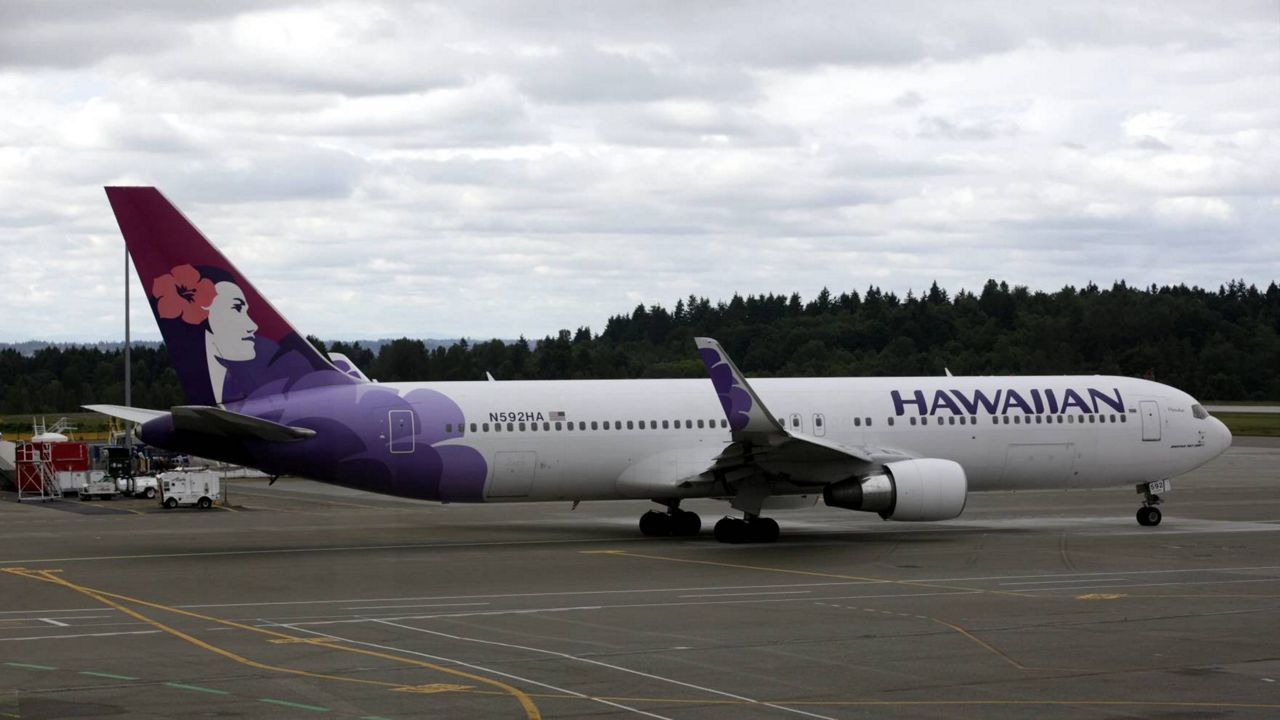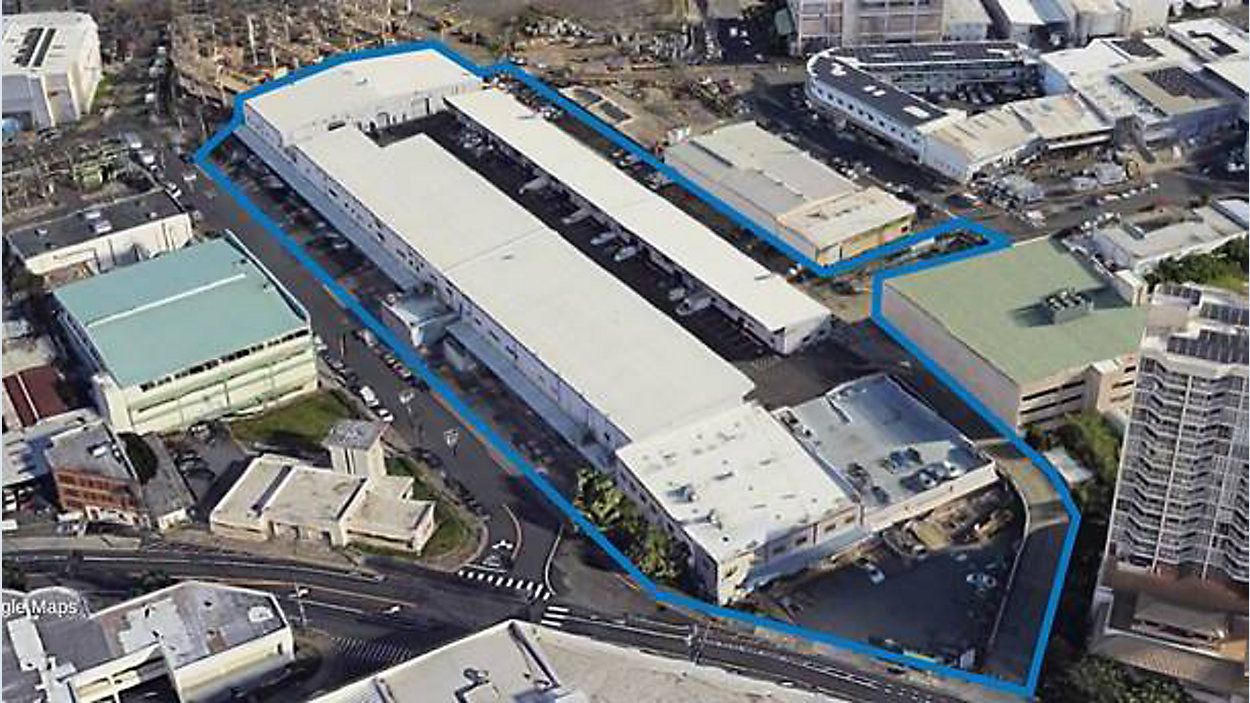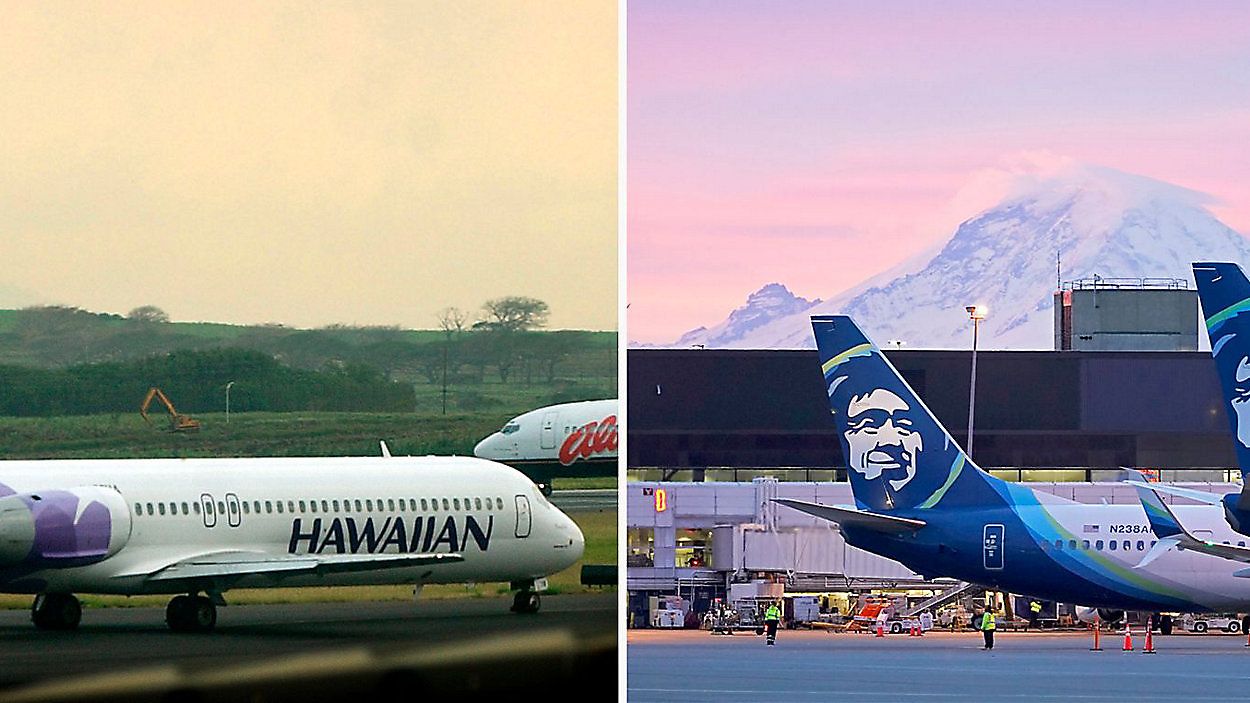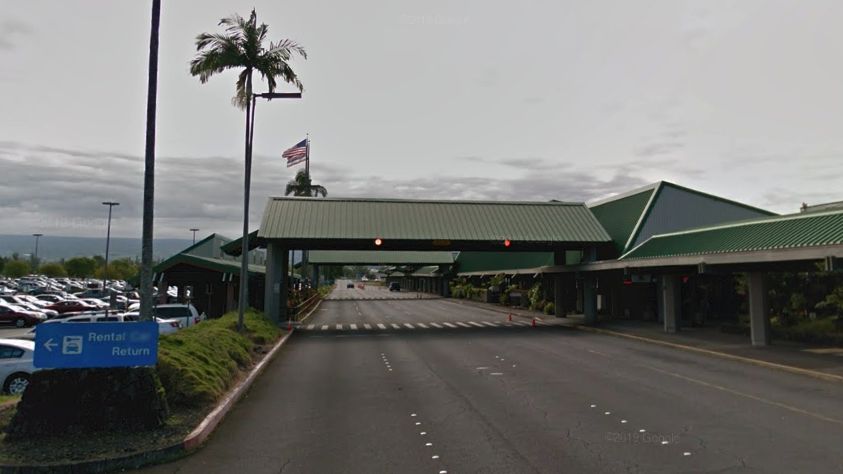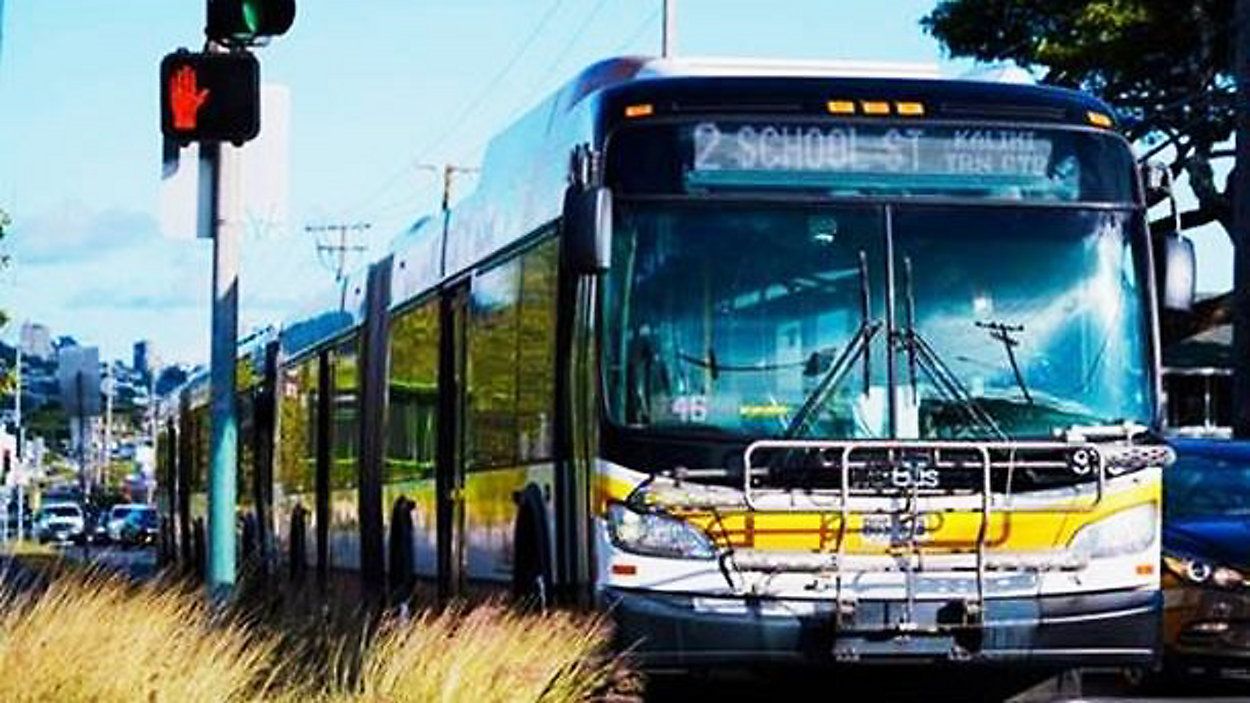Alaska and Hawaiian are continuing to merge their airlines by integrating airport spaces at airports across the U.S.
Alaska officials said in a news release that this will help streamline operations for guests.
Hawaiian’s co-location efforts involve moving its gates, ticket counters and other airport resources next to Alaska’s — with some locations featuring fully shared spaces between the two airlines.
On Tuesday, Hawaiian Airlines moved its check-in operations at Los Angeles International Airport to Terminal 6, where Alaska Airlines is already located. This will allow guests to move more quickly between gates, counters and baggage claim, according to Alaska.
At New York’s John F. Kennedy International Airport, Hawaiian launched operations Tuesday at Terminal 8, as part of a months-long move from Terminal 4. By October, both Alaska and Hawaiian will be fully merged at Terminal 8, which is transitioning from Terminal 7. This relocation increases connectivity with Alaska’s oneworld alliance partners, including American Airlines and British Airways.
Also, because of the partnership with American Airlines, First Class guests on Alaska and Hawaiian Airlines will have access to the Admirals Club at JFK’s Terminal 8. Hawaiian Airlines guests booked in the First Class cabin also have access to American’s Greenwich Flagship Lounge.
The initiative to move Hawaiian’s airport spaces closer to Alaska’s started last year, when Hawaiian relocated next to Alaska in the Harvey Milk Terminal 1 at San Francisco International Airport. After that, Hawaiian moved closer to Alaska at the Phoenix Sky Harbor International Airport.
Later this year, Hawaiian and Alaska will also co-locate at airports in Sacramento, Salt Lake City, and Las Vegas.
The acquisition of Hawaiian Airlines by Alaska Airlines was finalized on Sept. 18, 2024, following approvals from the U.S. Department of Justice and the U.S. Department of Transportation. The deal was valued at $1.9 billion, with Alaska Air Group assuming $900 million of Hawaiian's debt. Alaska previously said the merged company would still operate the respective brands separately, while combining their operational platforms.




